PNRI Holds Seminar for Teachers on Nuclear Science & Technology
- Details
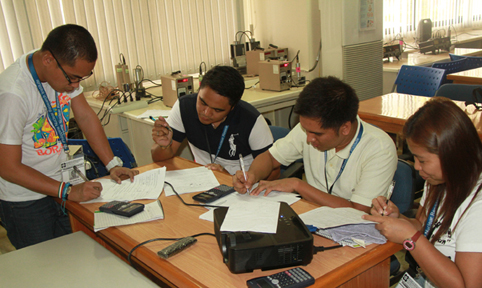
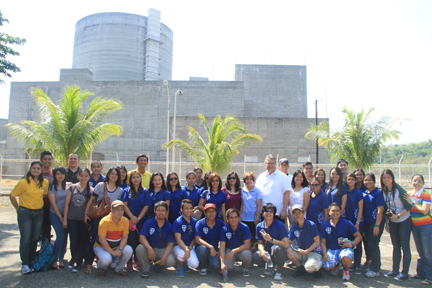
The Philippine Nuclear Research Institute – Department of Science and Technology (PNRI-DOST) through its Nuclear Training Center (NTC) held a five-week training course for secondary and tertiary education faculty from April 16 to May 16.
The 38th Seminar on Nuclear Science for High School Science Teachers and the 47th Course on Nuclear Technology for University/College Faculty aims to familiarize the participants with the basics of nuclear and radiation science and its applications and be eventually able to integrate these concepts in classroom discussions on science subjects and courses, increasing the youth’s knowledge and awareness in nuclear science and technology.
Twenty-six (26) high school teachers from 18 public high schools and a faculty member from the University of the Philippines – Los Baños participated in the training course.
Scientists and researchers from PNRI’s various sections lectured on nuclear physics and radiation chemistry, basic radiation protection, security and waste management, dose calculation, nuclear reactions, neutron activation and the different applications of nuclear and radiation technology in agriculture, medicine, industry and energy.
Experiments, hands-on exercises, technology demonstrations and laboratory visits were also facilitated by the NTC course coordinators and PNRI experts.
To gauge how much they have learned from the course, the participants were given a long quiz every week and are given an opportunity to prepare teaching modules and case studies on nuclear science topics, which were presented at the end of their respective courses. The modules and case studies may also be applied to their respective classes after the course.
The teachers also joined a tour to the Bataan Nuclear Power Plant on May 3 with PNRI Director Dr. Alumanda Dela Rosa, PNRI staff and members of the media.
The tour was facilitated by the National Power Corporation and sponsored by former Congressman Mark Cojuangco, who advocates restarting the mothballed nuclear plant to alleviate the country’s energy problem as well as the soaring costs of electricity.
The PNRI NTC offers these seminars on nuclear science and technology for high school and college faculty every summer.
US Department of Energy Strengthens Cooperation with PNRI-DOST on Nuclear and Radiological Emergency Response Capabilities
- Details
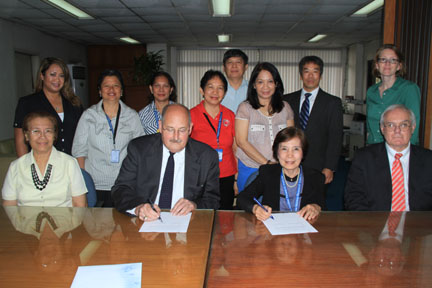
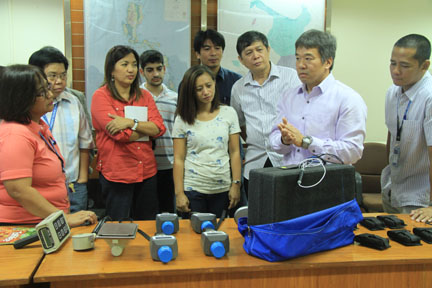
Left: Seated 1st row from left: PNRI OIC, Office of the Deputy Director and Nuclear Services Division Chief Dr. Christina Petrache, NNSA Associate Administrator for Office of Emergency Operations Joseph Krol Jr., Rear Admiral, US Navy (Ret.), PNRI Director Dr. Alumanda Dela Rosa and Mr. Vince McClelland of the NNSA.
2nd row from left: Ms. Rica Salcedo of the NNSA, Chemistry Research Section Head Dr. Lucille Abad, Senior Science Research Specialist Cecile De Vera, Finance and Administrative Division Chief Dr. Graceta Cuevas, Inspection and Enforcement Section Head Edgar Racho, Technology Diffusion Division OIC Ana Elena Conjares, Dr. Colin Okada of the NNSA and Kay Greenwell of the US Embassy in Manila.
Right: Dr. Okada of the NNSA (2nd from right) conducts a demonstration of various radiation detectors on May 7 with members of the PNRI Radiological Emergency Monitoring and Control (REMCON) Teams.
Officials from the United States Department of Energy – National Nuclear Safety Administration (US-DOE-NNSA) met with the officials of the Philippine Nuclear Research Institute – Department of Science and Technology (PNRI-DOST) for the further cooperation between the two agencies in the field of emergency preparedness and response to nuclear and radiological emergencies.
The PNRI and the US DOE NNSA signed a Statement of Intent (SOI) on May 6, which includes collaboration on the development of emergency operation centers and community networks, atmospheric plume modeling, risk reduction, incident assessment, joint training and exercises. Both agencies also cooperate with and support each other under the Global Initiative to Combat Nuclear Terrorism, particularly in activities on dealing with radiological dispersal devices (RDD’s), radioactive source recovery, nuclear/radiological search and consequence management.
Radiation-Related Research by PSHS Won Top Prize in Malaysia
- Details
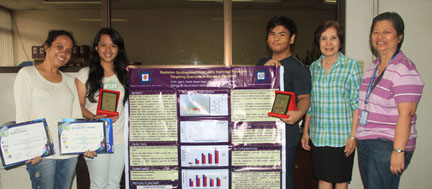
Students from Philippine Science High School (PSHS) Main Campus won the Gold Award and Special Jury Award for their thesis entitled "Radiation Synthesized Moelcularly Imprinted Polymers Targeting Quercetin in Aqueous Solutions" at the Malaysian International Young Inventors' Olympiad 2014 held from April 16 to 20 at Penang, Malaysia. The thesis was authored by Jamika Ann Roque (2nd from left), Eraño Jose Osorio (3rd from left) and Russel Avery Roco (not in photo). The results of the study showed that molecularly imprinted polymers demonstrated better adsorption than non-imprinted polymers as tested with the plant pigment quercetin. The students' advisers are Ms. Ana Victoria Lloren of PSHS and Ms. Ma. Llorina Rañada, Science Research Specialist I of the Philippine Nuclear Research Institute (PNRI) Chemistry Research Section (extreme left). Also in the photo are PNRI Director Dr. Alumanda Dela Rosa (2nd from right) and Chemistry Research Section Head Dr. Lucille Abad (extreme right). This research collaboration was made possible through the thesis/research advisorship program of the PNRI Nuclear Training Center.
IAEA Expert Presents Ecological Risk Analysis for Fukushima
- Details
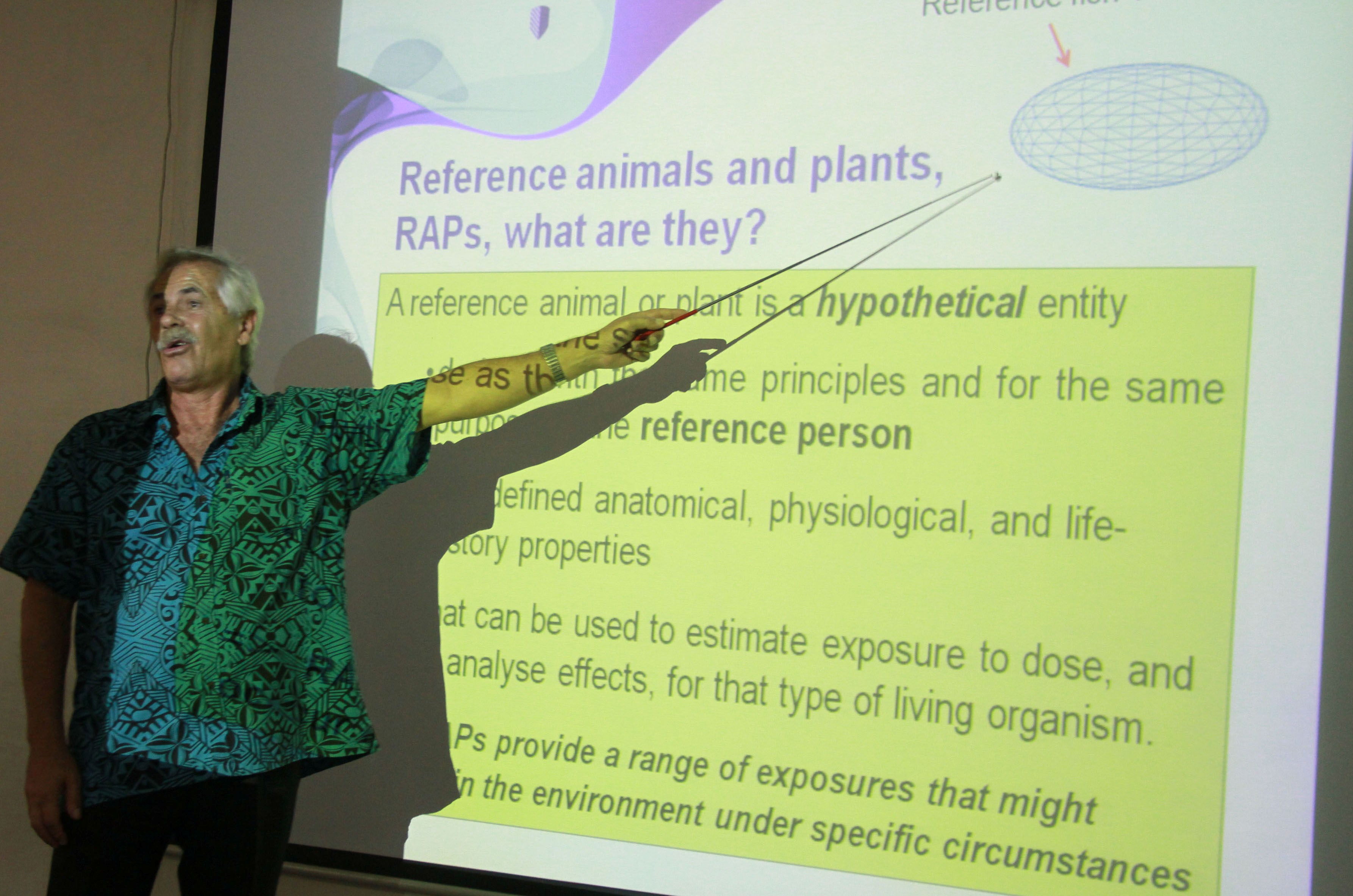
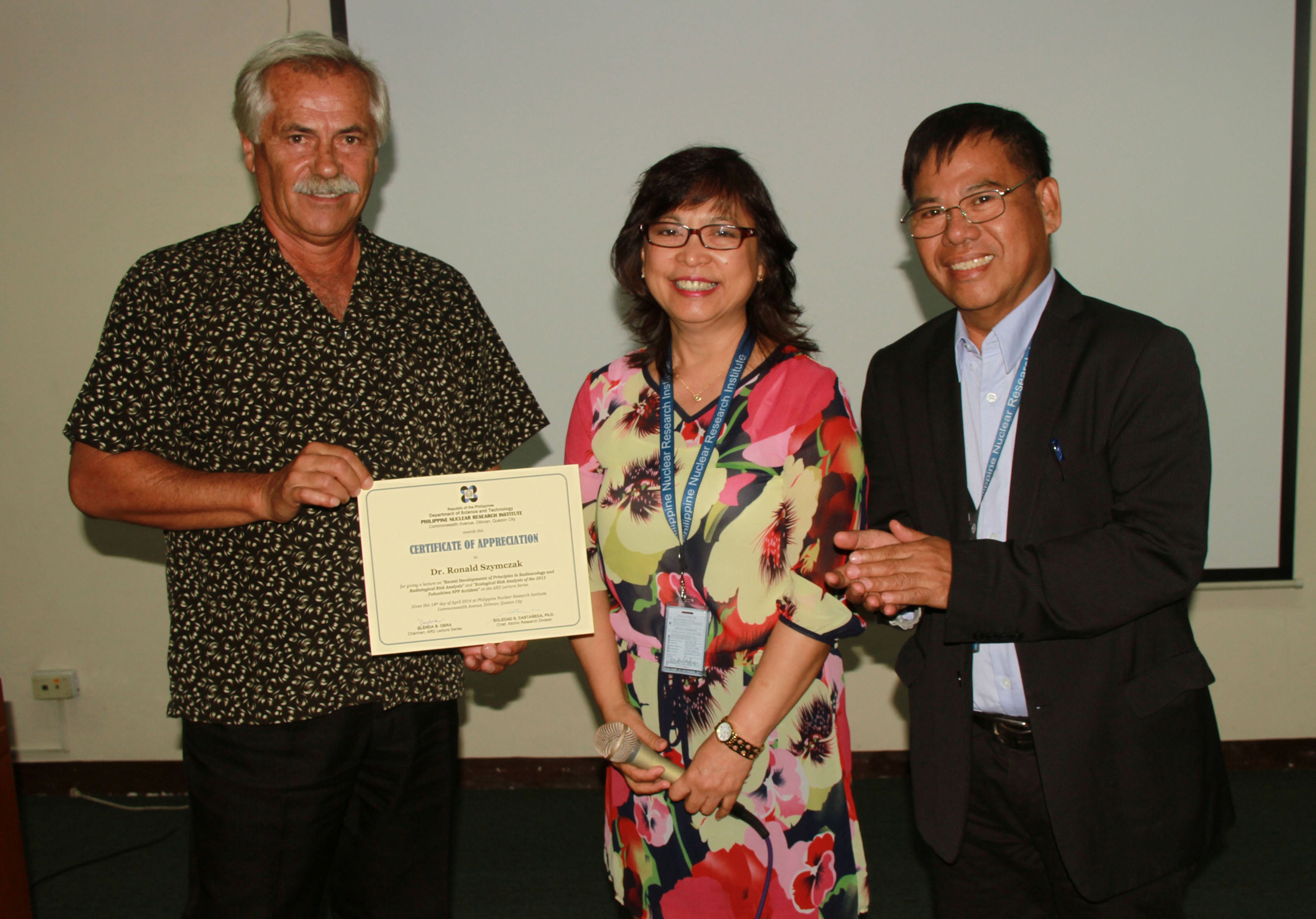
Left: International Atomic Energy Agency expert Dr. Ronald Szymczak delivered lectures on radiological risk analysis, marine radioactivity and the 2011 Fukushima Nuclear Accident at the Philippine Nuclear Research Institute (PNRI) Atomic Research Division Lecture Series on April 10 and 14. Dr. Szymczak was formerly a radiochemical oceanographer for the Australian Nuclear Science and Technology Organization (ANSTO) and is presently an IAEA consultant and Lead Country Coordinator for RAS 7/021 project "Marine Benchmark Study on the Possible Impact of the Fukushima Radioactive Releases in the Asia-Pacific Region".
Right: Dr. Szymczak is awarded a Certificate of Appreciation by PNRI Atomic Research Division Chief Soledad Castañeda and Health Physics Research Section Head Teofilo Garcia.












































